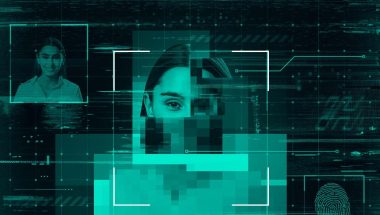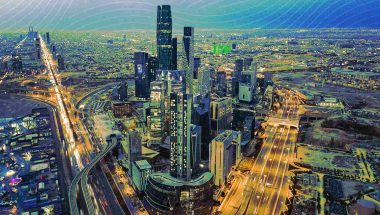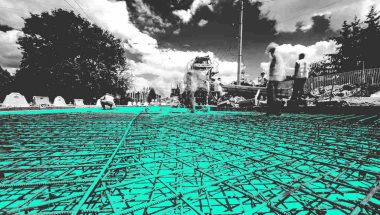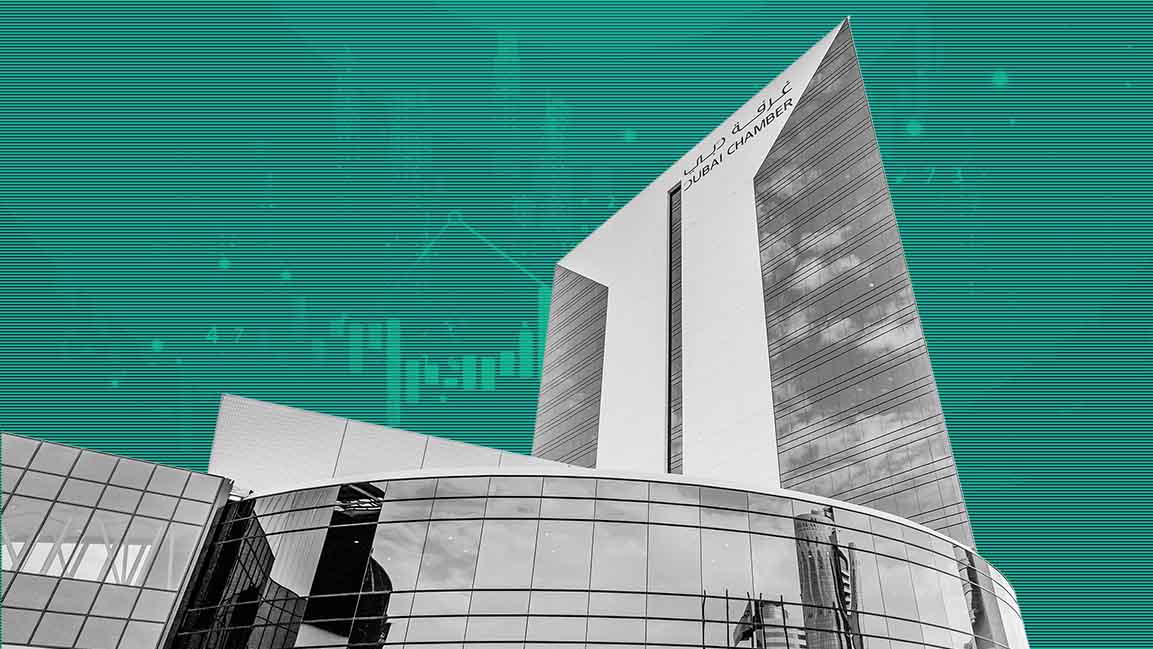- | 9:00 am
Seeing isn’t believing: Why deepfakes are the next big test for cybersecurity in the Middle East
Businesses and governments across the region are facing unprecedented challenges in protecting their trust, reputation, and financial stability.
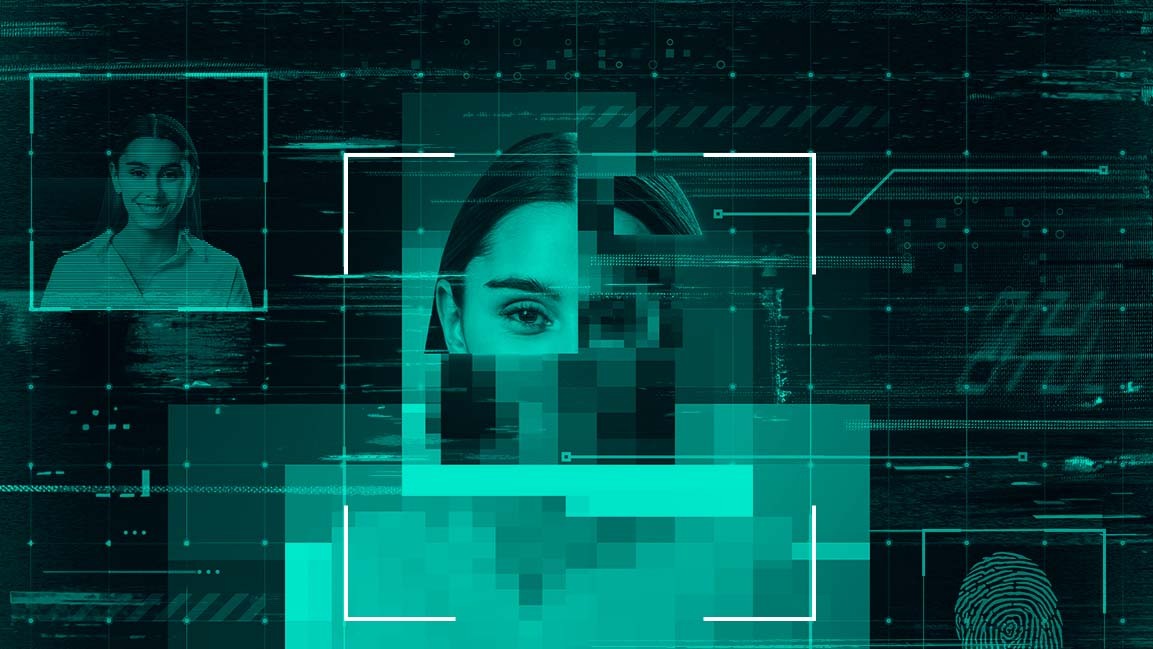
In the Middle East, across banks, boardrooms, and government agencies, the battle is no longer only about firewalls and encryption; cybersecurity has entered uncharted territory. As the region accelerates its digital transformation, driven by AI, smart cities, fintech ecosystems, and government modernization, identities can now be cloned, voices replicated, and trust itself weaponized.
WHEN FAKE SOURCES ARE CONVINCING
According to Santiago Pontiroli, Lead TRU Researcher at Acronis, deepfakes represent one of the most insidious threats. “Deepfake videos or audio recordings can inflict significant reputational damage by spreading convincing falsehoods that appear genuine or by enabling targeted vishing attacks, where phone calls or voice messages are used to deceive individuals into revealing sensitive information such as passwords, financial details, or personal data.”
It’s a worrying scenario that’s already played out in several cases. Pontiroli says, “A cloned voice of the CFO might be used in a vishing call to instruct an accounts payable team to transfer funds urgently, while a falsified video of a CEO making offensive remarks could circulate rapidly online and attract widespread media attention.”
Even once the deception is uncovered, the fallout can linger, he adds. “The company may face a long-term loss of trust among customers, partners, and employees, incur high crisis management and legal costs, and experience internal instability as staff and stakeholders struggle with uncertainty.”
According to Morey Haber, Chief Security Advisor at BeyondTrust, adversarial deepfakes are designed to confuse perception and reality.
“A faux company update or politician speaking on a topic can cause geopolitical turmoil, tank stock prices, trigger employee panic, or spark social media outrage before the truth is revealed. And even then, there is still a percentage of the population that subscribes to conspiracy theories, and ultimately still believes the fake content.”
Haber adds that there are plenty of case studies that demonstrate how synthetic audio can “authorize” fraudulent transactions or spread false crisis statements across social media to destabilize governments.
“In a world where video and voice are no longer absolute proof of reality, organizations face reputational damage, not just from what they do, but from what attackers convincingly make them ‘appear’ to do. Without validation, truth becomes optional, trust becomes fragile, and deepfake perception can become a misguided reality.”
FINANCIAL FALLOUT AND MARKET MANIPULATION
Deepfakes don’t just threaten reputations; they can shake markets. “A fake video suggesting that a company’s board is in turmoil or that an executive has admitted to wrongdoing could quickly trigger panic in the market,” Pontiroli says. “At the same time, attackers could use cloned voices in phone calls or messages to impersonate senior executives and mislead investor relations staff, spreading false information that fuels rumors online.”
These falsehoods can travel at digital speed and can move fast through social media, trading algorithms, and news outlets, causing sudden swings in the company’s stock price, financial losses, and a lingering sense among investors that the company’s leadership is unstable or untrustworthy, Pontiroli adds.
“Deepfakes can trigger financial confusion faster than any traditional cyberattack,” Haber says. “A synthetic announcement of earnings misses, executive misconduct, or strategic failures can spread instantly across social media and investor channels, prompting trading selloffs and human panic. Even a fabricated CEO statement or acquisition rumor can distort valuations before the truth is verified.”
Markets run on confidence and credibility, and deepfakes are capable of exploiting both. Haber says that once investors doubt the authenticity of corporate communications, every press briefing, analyst call, and executive interview requires scrutiny to evaluate fact versus fiction. “In the end, deepfakes can erode company trust, increase volatility, and put investments and financials at risk simply based on perceived misinformation.”
TOOLS OF POWER AND PROPAGANDA
The danger extends beyond corporate manipulation to state-level influence. Pontiroli says, “Threat actors and initial access brokers have been observed using voice cloning in vishing campaigns to establish trust with remote contractors or HR teams, to pass screening during recruitment interviews, or to gain remote access by impersonating employees.”
He adds that state-linked groups have also experimented with synthetic identities and forged documents to support influence operations and covert intrusion. “For example, synthetic personas on LinkedIn and social media were used to approach researchers, journalists, and policymakers to extract information or spread propaganda. These deepfake-based identities make it easier for these actors to infiltrate organizations, gather sensitive data, and shape online narratives without revealing their true origins.”
Haber acknowledges the same duality, noting that deepfake technology “can be used for good, evil, and a myriad of graduations in between.” He adds, “Companies and nation-states can weaponize them for training, red-teaming, and deception detection, which helps strengthen defenses against deepfake attack vectors. Organizations can also use ethical deepfakes for marketing personalization or executive continuity when leaders cannot appear live, for whatever reason.”
However, he warns against crossing the line into influence operations or psychological warfare, which can invite legal, ethical, and geopolitical blowback. Haber says, “Power without integrity becomes propaganda, and once trust erodes, even legitimate communications face doubt. The smart strategy for all organizations is to build resilience, expose misuse, and leverage synthetic media transparently, not deceptively. This includes developing policies and procedures for your organization covering acceptable deepfake technology usage and approval procedures for the public release of any deepfake content.”
BUILDING SAFETY NETS
As deepfakes become increasingly accessible and convincing, defending against them requires more than sophisticated technology; it demands awareness, validation, and human oversight. Pontiroli says, “Companies should require multi-factor verification for all financial transactions, confirm sensitive requests through independent communication channels, and strengthen hiring and contractor onboarding by verifying identities with reliable documentation and live video or in-person checks.”
In the Middle East where trust drives socioeconomic ties, the stakes couldn’t be higher. In this new era of synthetic deception, the greatest vulnerability isn’t just in systems. It’s in what we believe to be real.







